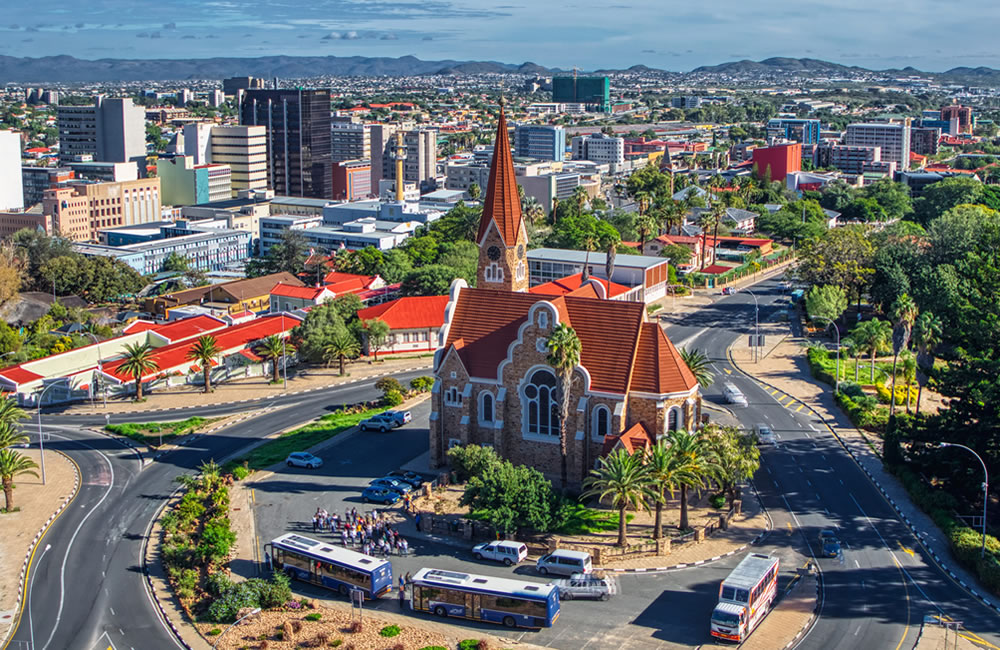Old English American’s (AAL.L) jewel unit De Beers on Thursday propelled the world’s biggest precious stone investigation vessel off the shoreline of Namibia as it hopes to keep up high generation levels until 2035.
The 12,000-ton, 113-meter-long SS Nujoma was worked at a cost of $157 million and is named after Sam Nujoma, Namibia’s establishing president.
“I am very, very confident this (vessel) will allow us to continue to extract 1.2 million carats a year,” De Beers CEO Bruce Cleaver told Reuters by telephone.
He said he was “cautiously optimistic” about diamond sales in 2017 and in terms of value there have been “some small positive movements” but it was too early to declare a trend.
Somewhat English American and De Beers depend vigorously on precious stones. Somewhat English American says they are vital to its arrangement of advantages as they tend to hold esteem when mass products fall in cost.
Precious stones are likewise critical to Namibia as they produce 20 percent of its remote fare income. Namibia gets 80 pennies of each Namibian dollar created by Debmarine Namibia, its 50:50 joint wander with De Beers.
Marine precious stones are especially prized. They are for the most part more profitable than land-based stones since lower quality jewels are washed away by waves.
Debmarine Namibia created 1.2 million carats of jewels in 2016, a level De Beers says it can keep up until 2035 when its permit terminates on a 6,000 square km range.
The SS Nujoma is the 6th jewel investigation vessel to join Debmarine Namibia’s armada. It can chase for jewels at more than twofold the speed of its forerunner, De Beers said.
De Beers has a financial plan for land-based investigation of about $35 million to investigate in Canada, Botswana and South Africa.





